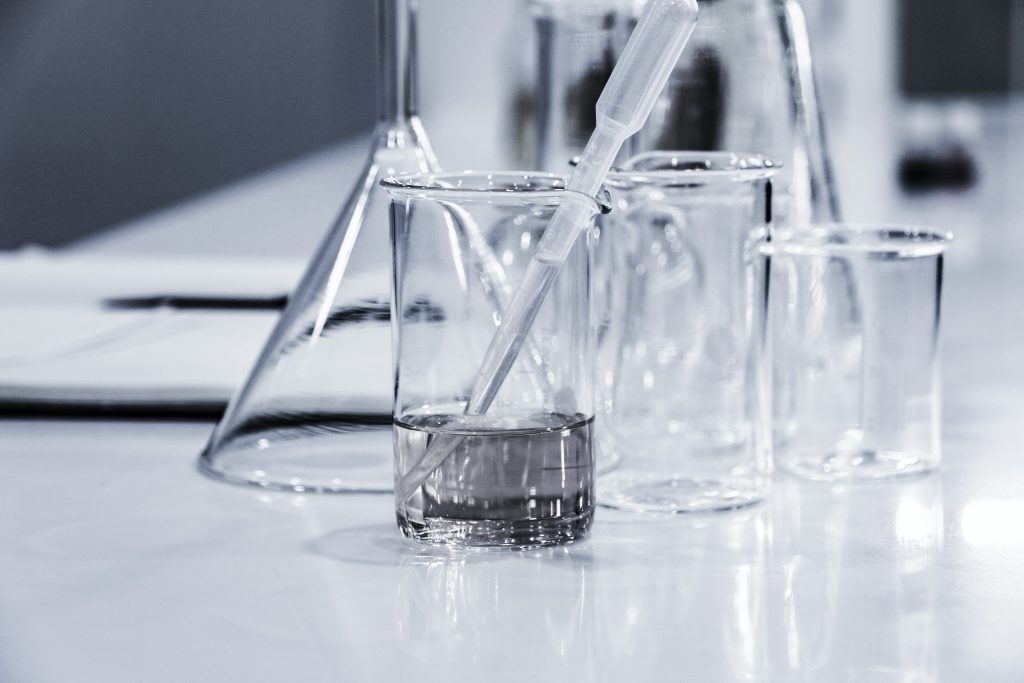Third Party, Independent Laboratory Testing

When deciding which of the many CBD products to choose, it’s important to select products that have been tested by independent, 3rd party laboratories. Unfortunately, this is not yet a legal requirement within the industry, but it is good practice. A good, reputable supplier will not only provide you with the reports; they will make it easy for you to find them. Manufacturers quite commonly provide QR codes on their packaging. These can be quickly scanned with a smart phone and link directly to the Certificate of Analysis.
3rd Party Analysis – What Do They Test For?
Independent laboratory tests analyse the quantity of different cannabinoids in the sample, including CBD and THC. This ensures that the labelled doses are accurate and do not exceed the 1mg threshold for controlled cannabinoids. They also check for any contamination or adulteration, such as the addition of synthetic cannabinoids that can cause harmful effects. The tests also ensure that the product is not contaminated with pesticides or heavy metals; both of which can be highly toxic to humans if levels exceed what are considered to be safe doses. 3rd party laboratory test results should also show the exact quantity of CBD and other cannabinoids present in all products sold, as shown in the example certificate (Figure 1) below.

Figure 1: Example 3rd party lab Certificate of Analysis
Inaccurate Labelling – 3rd Party Analysis can help
Reports of CBD products containing inaccurate quantities of CBD and other cannabinoids have been well documented and remain a worry for consumers. A 2016 research study tested 84 non–FDA-approved CBD products from 31 different companies over the Internet and found that only 31% were labelled correctly. 1. 43% of products contained less CBD than labelled and 26% more, with accuracy depending on product type. Another US study showed marked differences between actual CBD content and claimed quantities. 2. The UK market seems to have the same problems with a similar 2020 UK study finding that 38% of the 29 products analysed were within 10% of the advertised CBD content, most containing less than advertised. 3. CBD products that undergo 3rd party, independent lab analysis can help to allay consumer fears.
The introduction of the UK’s novel food regulations in March 2021, with its requirements for toxicology safety study data for each product, will hopefully ensure that products on the UK market will be labelled correctly. Independent analysis should be a mandatory part of the production process to improve consumer confidence and ensure that UK CBD industry lead the global market.
NEXT: “CBD Dose – How much CBD should I take?”
References
1. White, C.M., 2019. A review of human studies assessing cannabidiol’s (CBD) therapeutic actions and potential. The Journal of Clinical Pharmacology, 59(7), pp.923-934.
2. Gurley, B.J., Murphy, T.P., Gul, W., Walker, L.A. and ElSohly, M., 2020. Content versus label claims in cannabidiol (CBD)-containing products obtained from commercial outlets in the state of Mississippi. Journal of dietary supplements, 17(5), pp.599-607.
3. Liebling, J.P., Clarkson, N.J., Gibbs, B.W., Yates, A.S. and O’Sullivan, S.E., 2020. An analysis of over-the-counter cannabidiol products in the United Kingdom. Cannabis and Cannabinoid Research.

